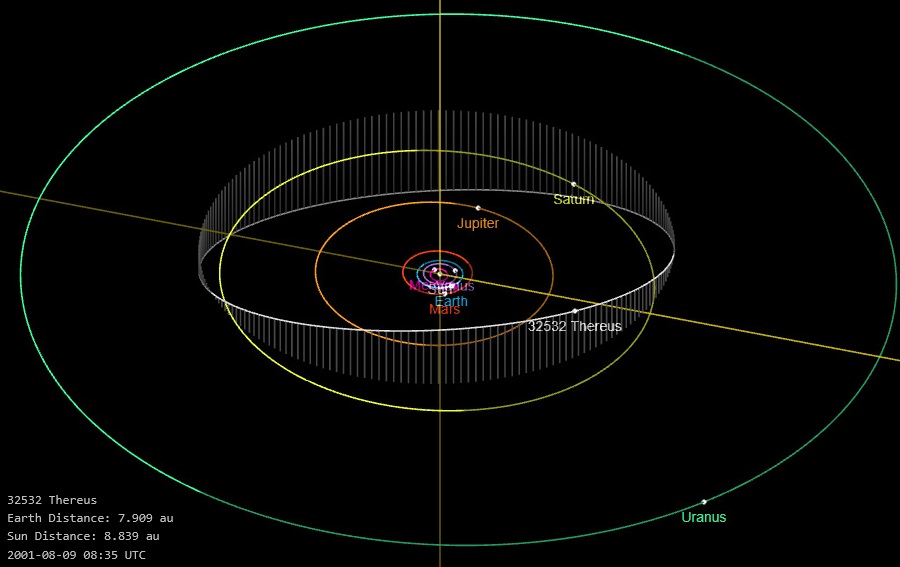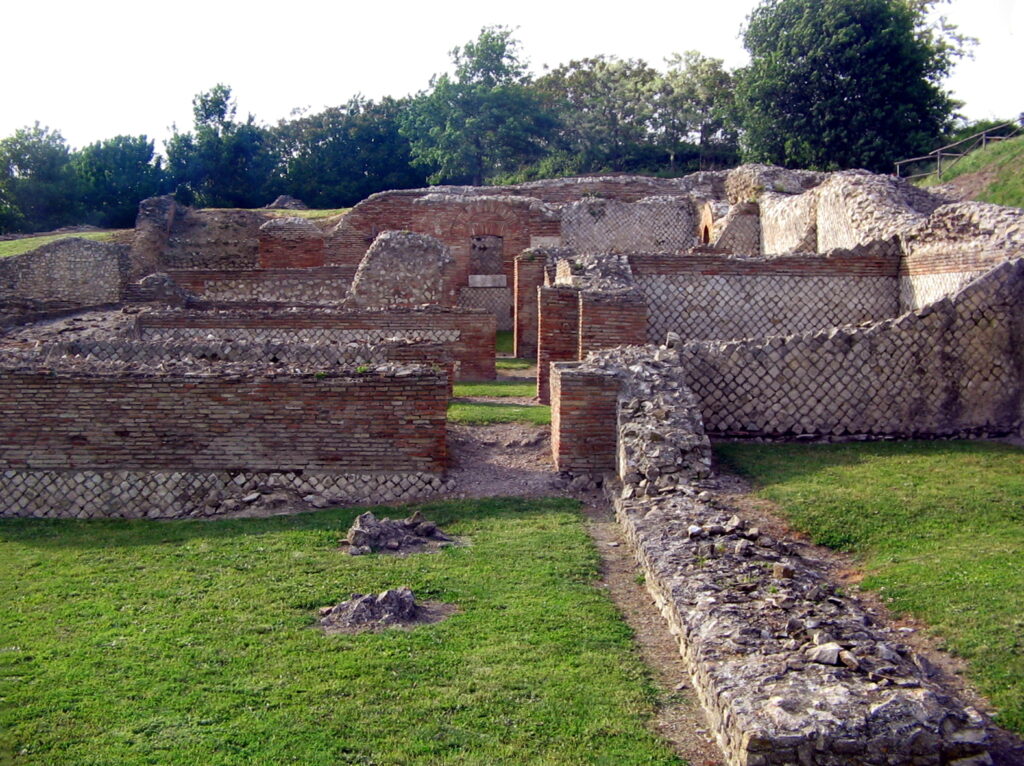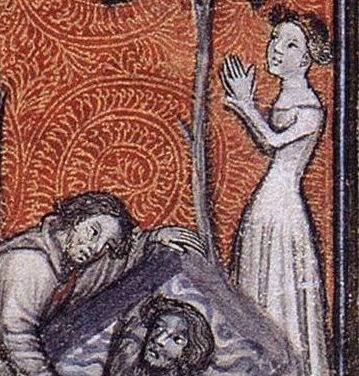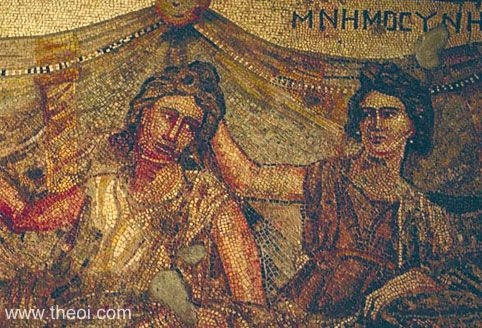Focus On: (32532) Thereus
Name origin: Greek; one of the Centaurs. Thereus was killed at the Lapith wedding by Theseus; he was a bear hunter “who used to take bears on the mountain slopes of Thessaly, and carry them home angry and alive.”
Focus On: (32532) Thereus Read Post »









